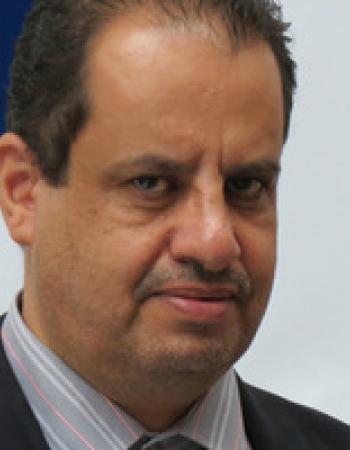Analysis of Rayleigh‐Wave Particle Motion from Active Seismics
Moustafab, Giancarlo Dal Moroa, Nassir S. Al‐Arifib, and Sayed S. R. . 2016
Back‐azimuth analysis is a classical method used in seismological studies for the determination of the direction (azimuth) of an otherwise‐unknown seismic source. This is accomplished through the analysis of three‐component (3C) data according to a procedure based on the evaluation of Rayleigh‐wave polarity and is typically accomplished by assuming a retrograde motion. The same principles are here considered in the framework of the analyses performed while considering active data collected by a 3C geophone, thus enabling us to easily and unambiguously compute the Rayleigh‐wave particle motion (RPM) frequency curve that describes the motion of Rayleigh waves as a function of the frequency. The analyses performed for three test sites characterized by different stratigraphic conditions show that, contrary to the common assumption, in the considered frequency range (about 2–40 Hz), prograde motion is actually quite common. Although for two of the three presented case studies we consider a single‐offset acquisition, in order to evaluate the variations of the RPM frequency curve as a function of the offset, we also considered two multi‐offset datasets (one synthetic and one from a field acquisition). Results seem to indicate that, although some dependency on the offset necessarily exists, the overall trend is a characteristic of the site. Potential applications of the described approach are discussed in particular with respect to seismic‐hazard studies, as well as in the light of the exploitation of the RPM frequency curve for better constraining the subsurface model.

: For socioeconomic development in arid regions, there is an increasing need for groundwater resources due to rapid population expansion. It is necessary to apply innovative approaches for…

Back‐azimuth analysis is a classical method used in seismological studies for the determination of the direction (azimuth) of an otherwise‐unknown seismic source.

